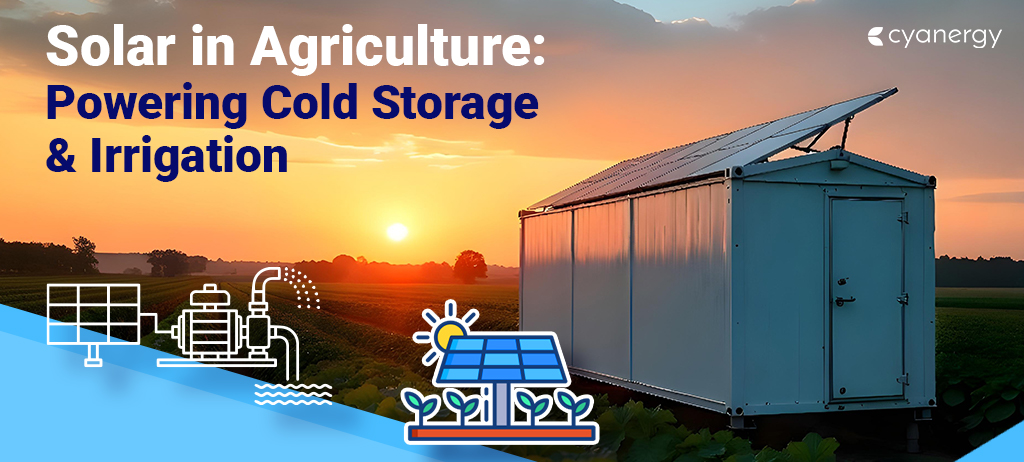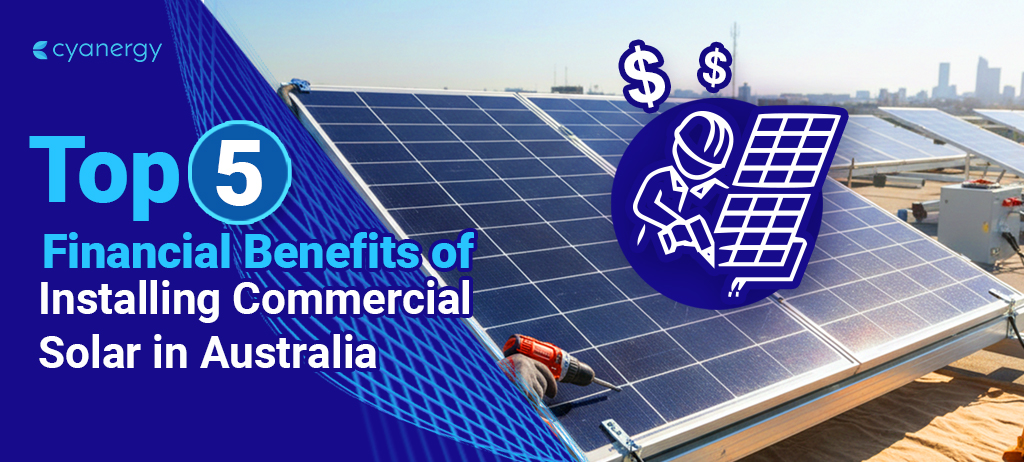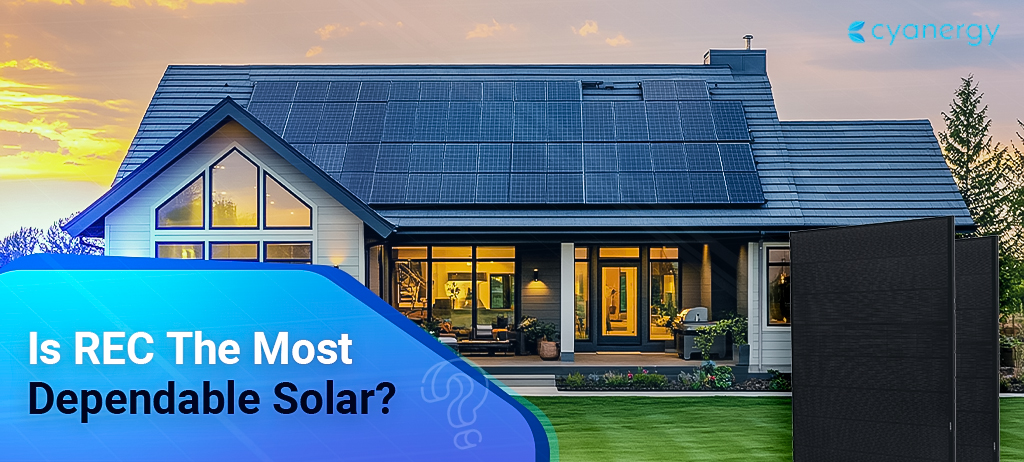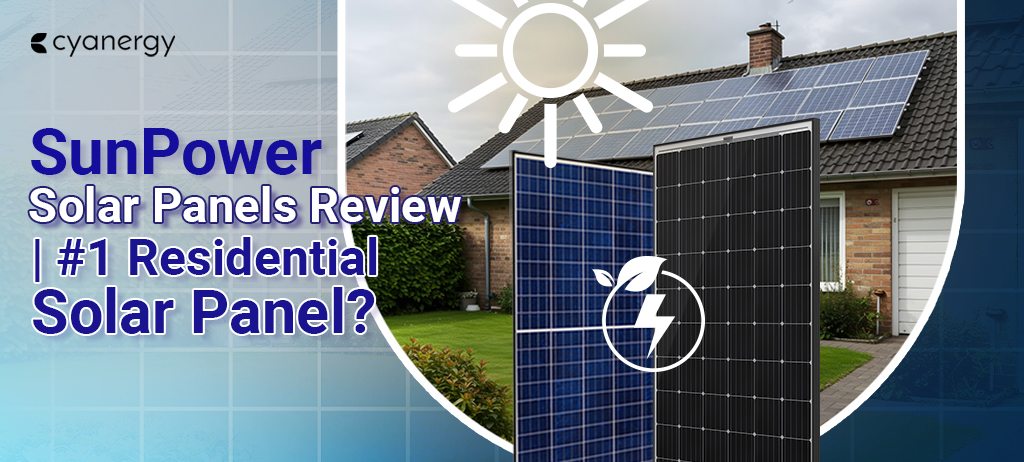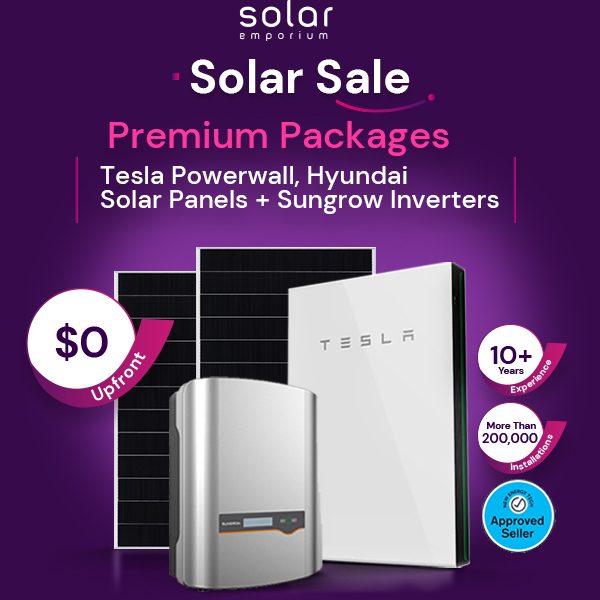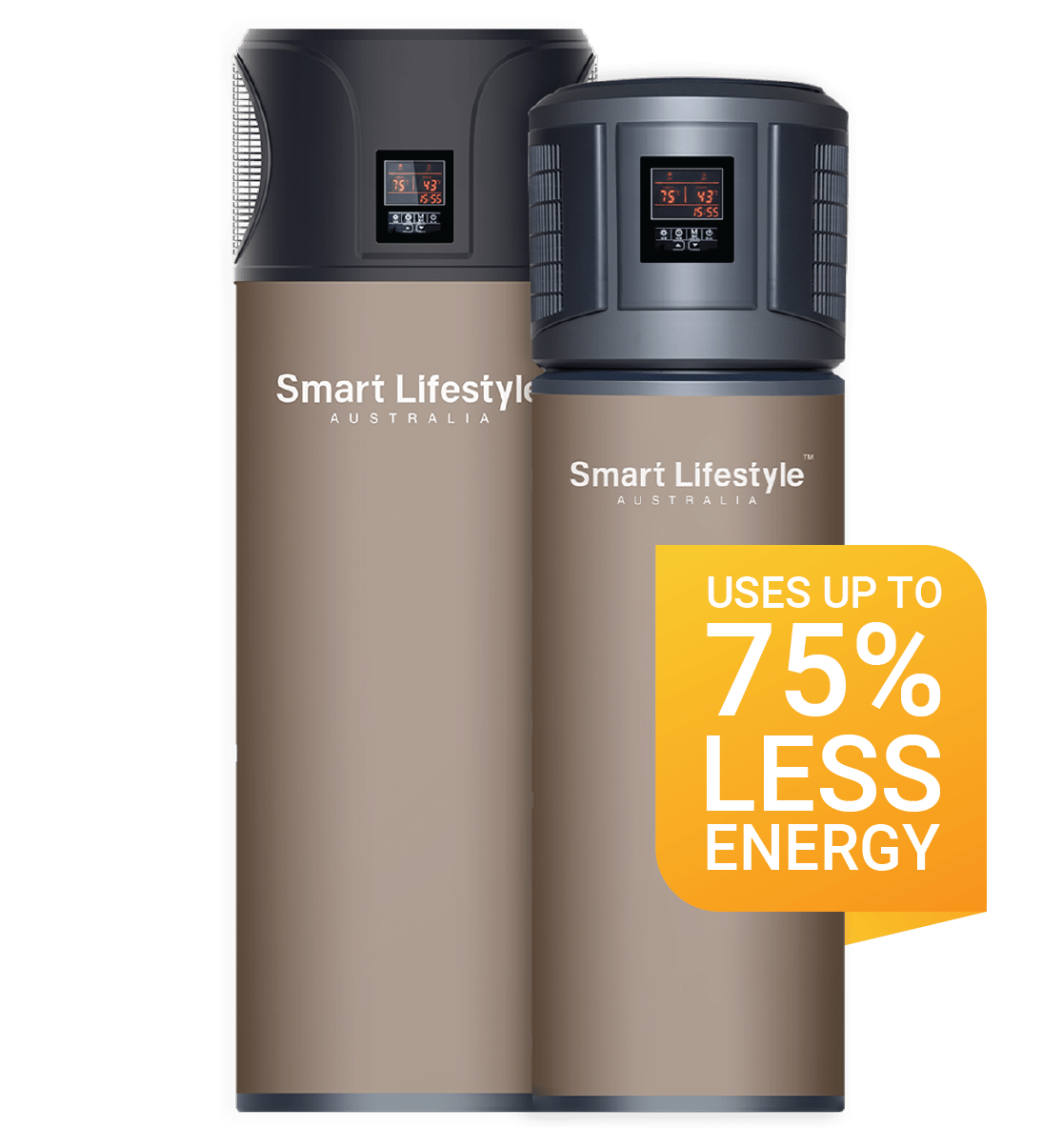Agriculture is one of the most energy‑intensive sectors in Australia. From irrigating crops and pumping water to cooling and freezing products, and running machinery, energy plays a vital role in every stage of the agricultural process.
Over decades, this entire farming sector has relied heavily on fossil fuels such as gas, diesel, and grid electricity.
However, this dependency isn’t without a cost. This not only contributes to greenhouse gas emissions but also pushes farmers towards rising energy costs and fuel price volatility.
So, how can farmers take back control of their energy use? Are there any smarter and more sustainable ways forward?
Well, to answer that, in many regions of Australia, there has already been a growing push towards improving energy efficiency and integrating renewable energy solutions, such as solar and wind, to reduce operating costs and environmental impact.
Technologies like solar-powered pumps, energy-efficient irrigation systems, and on-farm energy storage are becoming more common, helping farmers become more resilient and sustainable.
So, in this article, let’s explore how farms can power cold storage and irrigation efficiently using solar, benefiting the Australian agricultural sector while supporting Australia’s broader energy transition.
How Solar Power is Transforming Australian Agriculture?
Solar power provides a sustainable, off-grid energy source for both cold storage and irrigation in agriculture, reducing post-harvest losses, enhancing farmer income, and promoting green energy.
So, how can we use solar energy in agriculture? Let’s have a look!
Solar panels generate electricity to power cooling units and irrigation pumps, often with battery storage for uninterrupted operation. This integration creates an integrated cold chain, improving the quality of produce, increasing market access for farmers, and reducing food waste.
Here’s a detailed overview:
Solar-Powered Cold Storage: Keeping Produce Fresh, Sustainably
We all know the significance of having a cold storage in modern agriculture, especially for fruit, vegetables, dairy, and meat products.
The reason is simple! Maintaining the right temperature during post-harvest storage and transportation ensures better food quality, reduces spoilage, and waste. This is very crucial for exporting these to other countries, as proper storage extends shelf life.
However, the problem is that refrigeration systems are also among the most energy-hungry operations on a farm that often runs 24/7.
And that’s where solar power can bring a massive change!
So how does it work?
Solar-powered cold storage works by using solar panels that convert sunlight into electricity. This electricity directly powers a refrigeration system to cool the storage unit on the farm.
This system allows farmers to meet high energy demands without relying entirely on the grid or costly diesel generators. With the right solar setup with battery storage, farms can maintain uninterrupted cooling while reducing long-term energy expenses.
Solar-Powered Irrigation: Watering Is Smarter Now, Not Harder!
Let’s share a fact! Irrigation can be a real headache for farmers in Australia, especially people living in regions with dry climates and growing water-intensive crops during scorching summers.
Traditionally, pumps and irrigation systems are powered by diesel generators or grid electricity, both of which come with high running costs and carbon footprints.
Solar-powered irrigation offers a cleaner, cost-effective alternative. By installing solar panels to power their water pumps, farmers can significantly reduce their energy bills while ensuring a constant water supply.
This is undoubtedly an excellent solution for off-grid or remote areas where grid access is limited or unreliable.
Benefits of Solar Energy in Agriculture: Clean Energy, Greener Fields
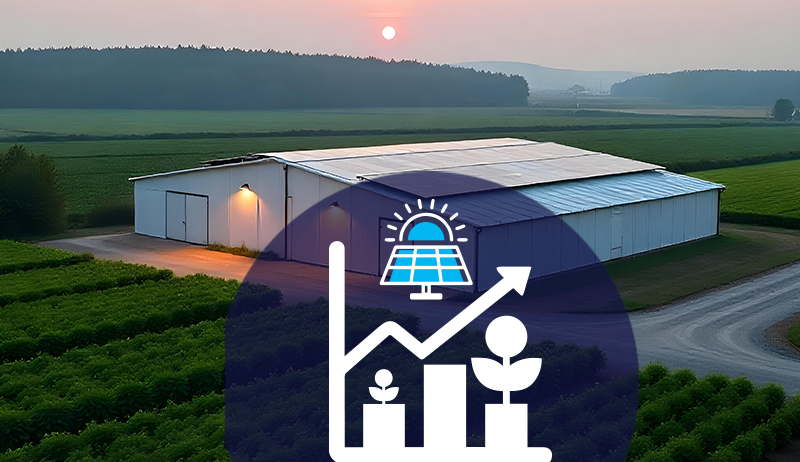
As the demand for sustainable farming practices grows, more agricultural operations are turning to solar power. Whether it’s running irrigation systems or keeping cold storage units efficient, solar energy is transforming how farms operate.
So, why are more Australian farms making the switch to solar?
Here are some key advantages of integrating solar in farming:
1. Solar Lower Operating Costs
Solar energy reduces electricity bills by providing a free, renewable power source. Over time, this can lead to significant savings, particularly for energy-intensive tasks such as irrigation and cooling.
2. Provides Reliable Power for Irrigation
Solar-powered irrigation ensures that crops get the water they need, even in remote areas with limited grid access. This leads to consistent yields and better resource management.
3. Efficient Cold Storage
Solar panels can be an excellent option for powering cold storage units, helping to preserve crops without relying on expensive or unreliable power grids.
This reduces post-harvest losses, increases market value, and ensures they reach the market in good condition.
4. Ensure Eco-Friendly Farming
Switching to solar reduces your farm’s carbon footprint, promotes cleaner air, and supports a more sustainable future for agriculture and the planet.
Additionally, it enables smarter water use by pairing automation and sensors to deliver the right amount of water at the right time.
5. Make Long-Term Investment
With dropping solar costs and available government incentives, installing solar is a smart investment that pays off over time, both financially and environmentally.
- Increased Farmer Income: Farmers can store their produce and sell it at a more suitable time, leading to higher prices and increased earnings.
- Environmental Sustainability: Utilizing solar energy reduces reliance on fossil fuels, decreases CO2 emissions, and promotes the adoption of renewable energy sources.
Did you know? With battery storage now more affordable, solar-powered irrigation systems can keep running, even when the sun isn’t shining.
This means your crops stay healthy around the clock, rain or shine. So, it’s a win-win for all.
7 Key Strategies: How Australian Farms Can Reduce Energy Costs & Improve Sustainability
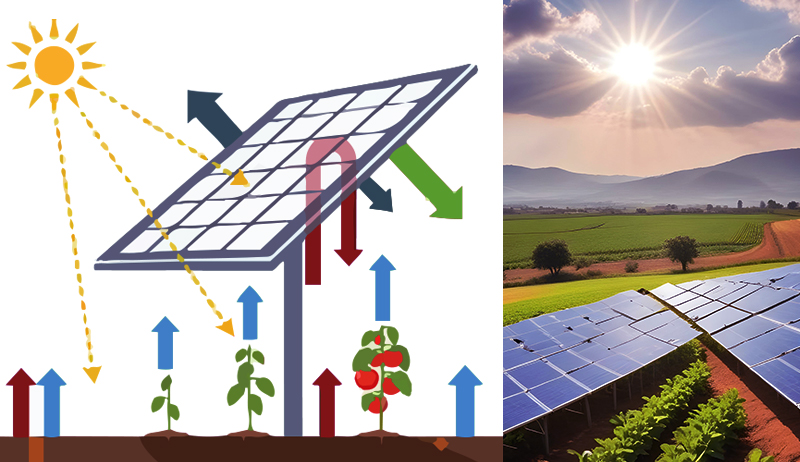
Well, putting together everything from above, here is how Australian farms can efficiently use solar in cold storage & irrigation:
- Perform an audit on existing energy usage
- Identify the part-load curves of your cold storage, such as when the compressors are most active.
- For irrigation purposes, measure pump efficiency, water flow rates, pressure, operational time, and energy use, and check other relevant factors, such as inefficient equipment.
- Choose right-sizing for solar installations
- Match solar PV capacity to daytime loads: cold storage and irrigation demands often overlap with high solar availability.
- Avoid oversizing to avoid wasted capacity unless the battery or other uses justify it.
- Incorporate energy storage
- Batteries to store excess solar output for use at night or during cloudy periods.
- Perform chilling or freezing more during the day when solar is available, so that less cooling is needed overnight.
- Upgrade equipment & controls
- Better compressors, insulation, doors, and proper maintenance can enhance performance and offer efficient refrigeration.
- Choose systems with variable speed drives for pumps and compressors.
- Smart controllers and sensors can measure soil moisture levels, temperature, humidity, and have remote monitoring capabilities.
- By automating scheduling, you can ensure that irrigation runs during daylight hours when solar output is at its peak.
- Go for Hybrid systems & backup planning
- Think of the rainy season! In some regions experiencing prolonged cloudy or rainy seasons, solar energy generation can become significantly reduced as the sun doesn’t rise for a week.
- For reliability, ensure that a backup grid or diesel generator is available, as solar alone may not meet demand, especially for critical cold storage loads.
- Carry out financial modeling & payback analysis
- Estimate the upfront cost of PV panels, inverter, solar batteries, infrastructure, and installation.
- Calculate annual savings from reduced grid electricity or diesel, and reduced maintenance.
- Include government rebates, grants, or incentives.
- Determine the payback period as well. Many irrigation systems show payback in 3‑5 years, whereas cold storage offers 4-7 years or perhaps longer, depending on scale.
- Proper Maintenance & regular monitoring
- Regular panel cleaning, maintenance of pumps or compressors is a must if you want to keep your system functioning for a long while
- Frequent monitoring of system performance can detect any inefficiencies, damages, or losses.
- Adjust operations based on solar forecasts, weather conditions, and crop demand to optimize your yield and profitability.
Solar ROI: Turning Energy Independence Into Financial Benefits
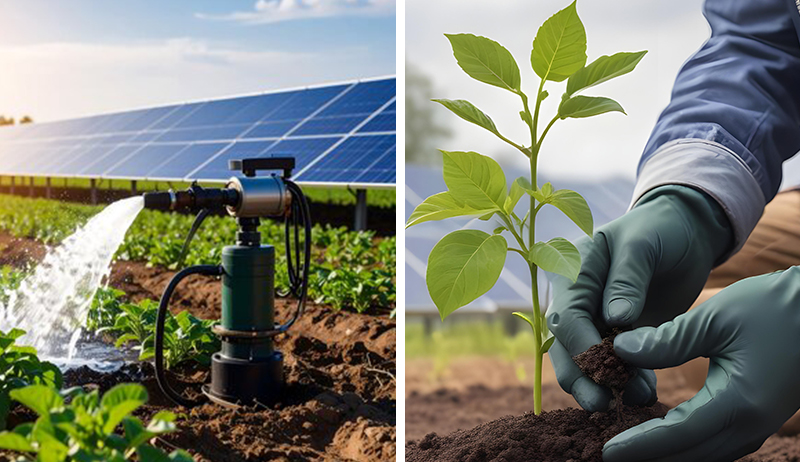
It is now transparent that investing in solar-powered agricultural equipment offers long-term financial profit.
Although the initial cost may be higher than traditional systems, most farmers recover their investment within 3–5 years.
The fastest savings come from eliminating fuel expenses, where Solar irrigation systems alone can reduce annual energy costs by $2,000 to $3,000. Over time, these savings grow, especially as solar technology becomes more affordable.
Maintenance costs are also lower due to the fewer moving parts and absence of fuel-related issues, resulting in a reduction of up to 60% in maintenance expenses.
With a lifespan of 20–25 years, solar equipment provides long-term cost predictability.
In addition to these, government rebates and incentives on solar energy can cover up to 30% of installation costs, and some systems qualify for accelerated depreciation, which boosts short-term tax savings.
By stabilizing energy expenses and reducing upkeep, solar-powered equipment improves financial planning and supports sustainable farming.
Over its lifetime, it often proves more cost-effective than other conventional alternatives.
Wanna be a part of this solar revolution? In Australia, it’s now high time to make your business grow sustainably.
You can request a free solar quote and get a farm energy audit from us at Cyanergy. We’ll walk you through the setup, help you choose the right system, and ensure it works for your property.
